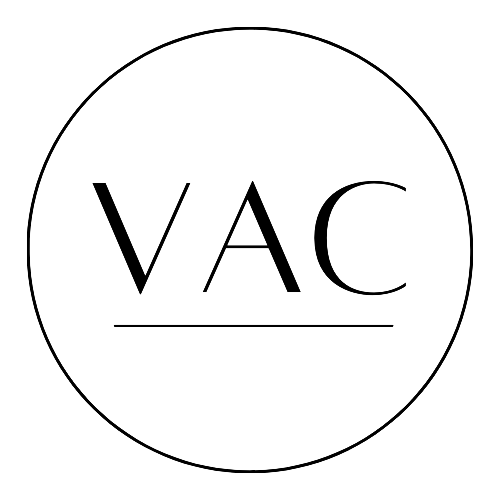Rebecca Youssef: Art & Sustainability
Artist Rebecca Youssef pushes the boundaries of recycled materials as she focuses on building a sustainable, eco-conscious art practice. From creating her own paper to utilizing recycled paper bags, Rebecca encourages and inspires others to reduce and reuse when possible. In this interview, Rebecca shares her journey and process with us.
How did your creative journey begin?
I come from a very creative family and creating art was always held in high regard. My mother would frame mine and my siblings paintings and put them on the walls of our home. However, when I decided to change my major to art in college, that didn’t go over well. At the time, my parents didn’t think it was the best career choice. They’ve since come around!
Where do you find inspiration for your work?
I find inspiration in materials and process. I love the sensory experience of making paper by hand and seeing what textures or dimension I can create. I’ve created a few collections with recycled paper grocery bags and I’m always trying to push that medium further to see what else I can do with them. I used to have my own clothing line and am currently getting back into sewing and stitch work in my art.
How has your work shifted and evolved over time?
For the last five years, I’ve been taking arboriculture classes in conjunction with making art. I love growing native California trees. I started a reforestation project in the canyon behind my house that burned in a 2019 wildfire. My love of trees has been in direct conflict with my love of working on paper. So, I decided to no longer buy any commercially made paper and to either make my own or upcycle paper material destined for the recycle bin. This took my art practice down a whole new path.
What does a typical day in the studio look like for you, and how has your art practice grown or changed?
Like many other mother/artists, I work around school schedules. Knowing I have a finite amount of time in the studio makes me more productive. I get right to work as soon as I arrive at my studio. I usually start by staring at what I did the day before for awhile. I save all admin work for the evenings when I’m home. My studio is a creative space I try to reserve for just creative endeavors.
Which experiences have impacted your work as an artist?
The pandemic had a profound impact on my work. First of all, I’m not normally an anxious person, but at the start of the lockdown I was insanely anxious. I was afraid to leave my house. I didn’t go to my studio for almost two months. I had some art supplies at home, but not a lot. It was during this time that I started my 100 day Reduce, Reuse, Recycle Art Challenge. For 100 days, I didn’t purchase any art supplies, I had to just use what I had around the house. That’s when I started painting on paper bags from the market. Grocery stores wouldn’t allow the use of reusable, cloth bags and bagged your groceries in paper. I had a stash of paper bags for the first time in years and decided to use them as my substrate. I made pigments from flowers and berries with my kids and had a blast! This was also when I taught myself the traditional art of paper making. I had been wanting to move my art practice in a more sustainable direction and this experience showed me that it was very doable.
How has Instagram impacted your art career?
I arrived late to Instagram and was ambivalent for some time. However, since the pandemic, it has been a lifesaver! The relationships I forged on Instagram strengthened into real friendships and now I have this amazing community of artists that I turn to for advice and resources. Not to mention it’s incredible to see what artists all over the world are creating and to be able to engage with them.
What are your future goals and aspirations?
My main goal is to create a more sustainable art practice by using less, reusing more and to push the boundaries of recycled materials. I want to continue to educate and inspiring other artists to look at their practices and and find ways to consume less in the creation of their art. I also want to get the word out that sustainable art isn’t a fad and is here to stay and is of growing importance to designers, art collectors and galleries.
Website: www.rebeccayoussef.com
Instagram: @rebecca.youssef_studio





